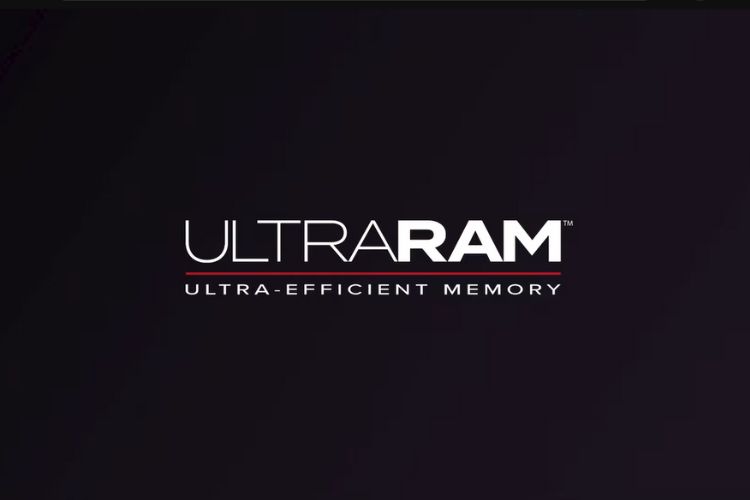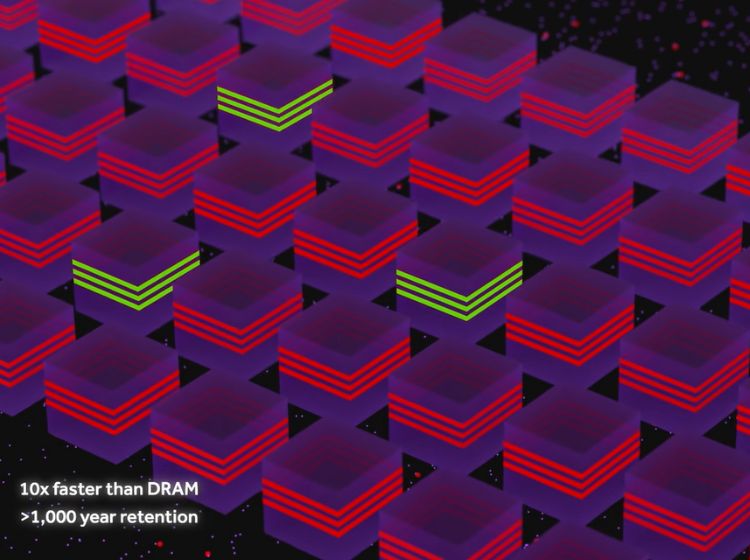
Technological leaps are happening all around us frequently, but it is not so often that we can actually feel excited about them. Like what if I told you in the near future, you can return to your favorite game exactly where you left off even after 20 years? Will you believe me? Even I wouldn’t have if I didn’t stumble upon ULTRARAM. Continue reading to learn what is ULTRARAM and how it works.
ULTRARAM Computing Memory Details
In a nutshell, ULTRARAM can be seen as an amalgamation of flash memory and DRAM memory properties. It is a new kind of universal memory that brings speed, endurance, retention, and energy efficiency into a single memory by harnessing quantum mechanical effects through resonant tunneling. The technology has been patented by Quinas Technology, a company that stems out of Lancaster University in the UK, and was invented by Manus Hayne of the university’s physics department.
Currently, electronic devices employ two different types of memory: DRAM memory and flash memory. While the former is super quick and offers the facility to be rewritten as many times as you want, it needs a constant surge of power to store data. This is why devices like laptops that employ DRAM memory architecture drain battery even if it’s in sleep mode. However, the latter is cheap to manufacture and can retain data even when the power goes off. But it is much slower in operation than DRAM. This is where ULTRARAM steps in.

As per the official ULTRARAM brochure, this universal memory “stores data by moving electrons into or out of a so-called floating gate.” This floating gate mechanism employs a memory component that acts as a lock to retain electrons during data retention and unlocks itself to let the charge flow when data needs to be erased or rewritten.
However, the USP of this technological feat is a triple-barrier resonant tunneling (TBRT) component that can store data in the memory for not one or two years, but a groundbreaking period of more than 1,000 years. Theoretically, this means that any device with ULTRARAM will essentially move into a “hibernation state” that will lock its last recorded activity as it is and you can start from where you left off even if you return to it after thousands of years. This will for once and all eliminate the sleep mode in our devices.
As of now, this technology is still in its experimental stage and its consumer applicability is still in question. Also, we do not know how much it will cost once it actually goes commercial. You can visit the ULTRARAM website and the brochure above to learn more about this next-gen memory. Meanwhile, comment down your thoughts on the feasibility of this technology for future use.
Featured image credit: ULTRARAM










